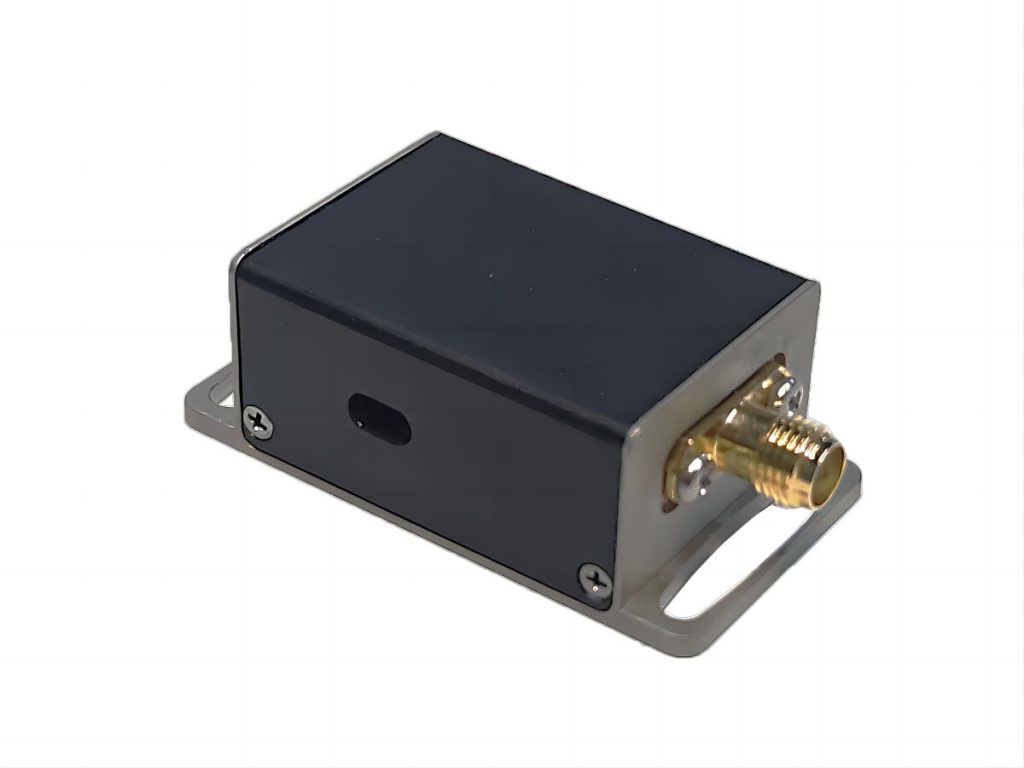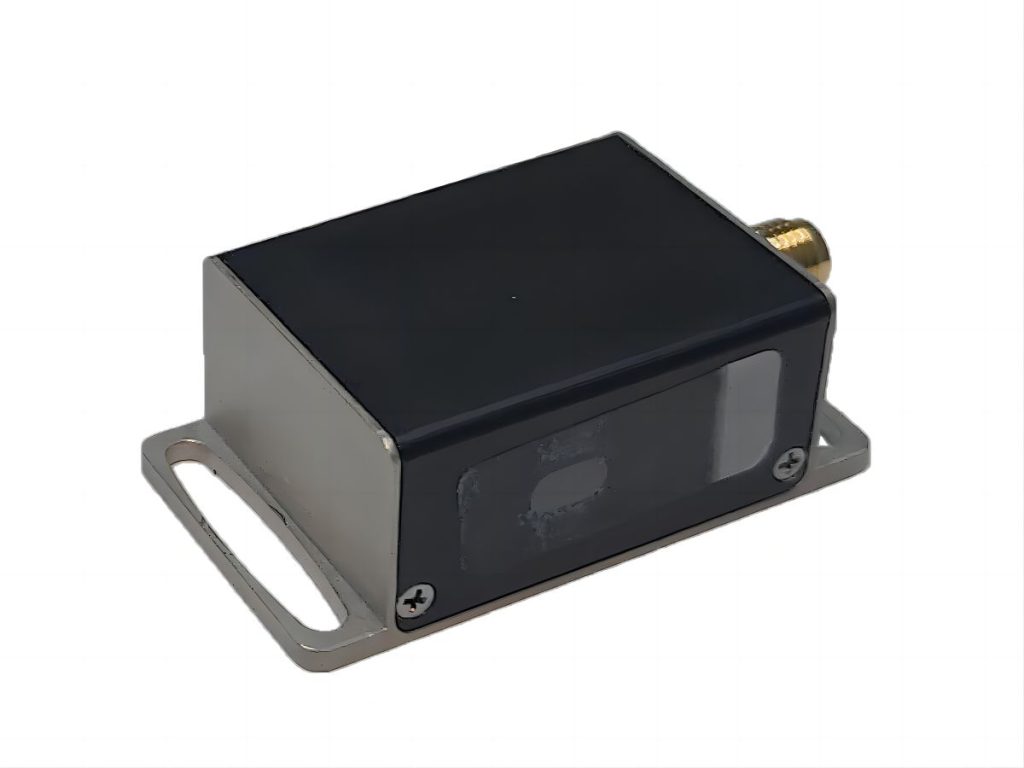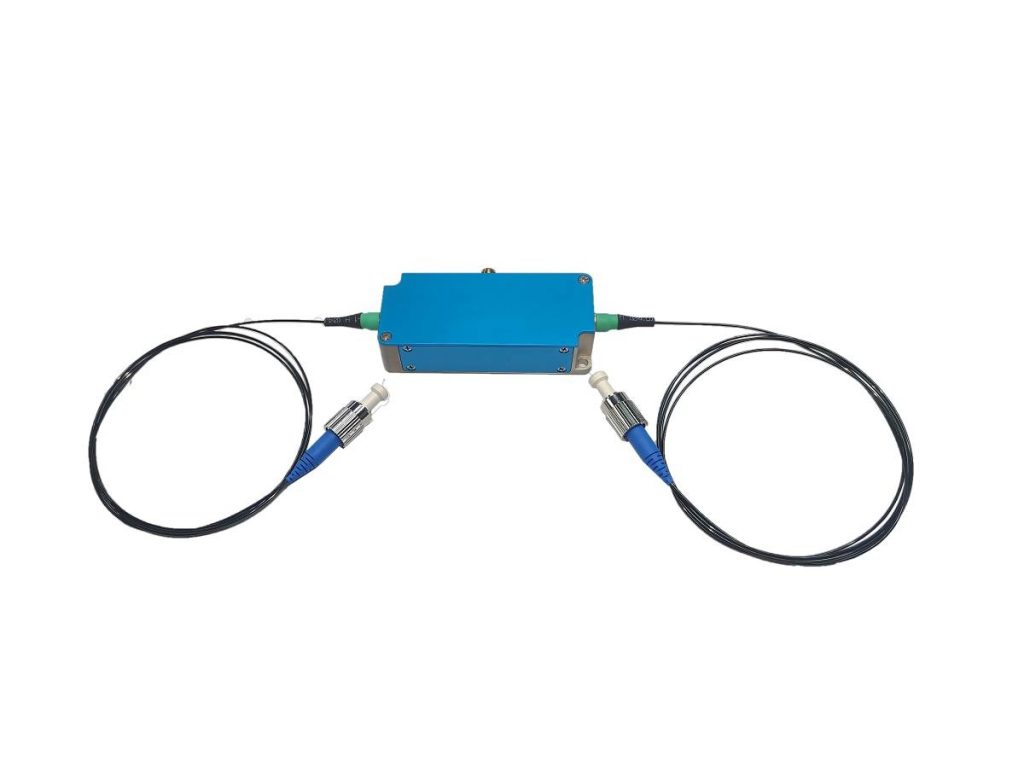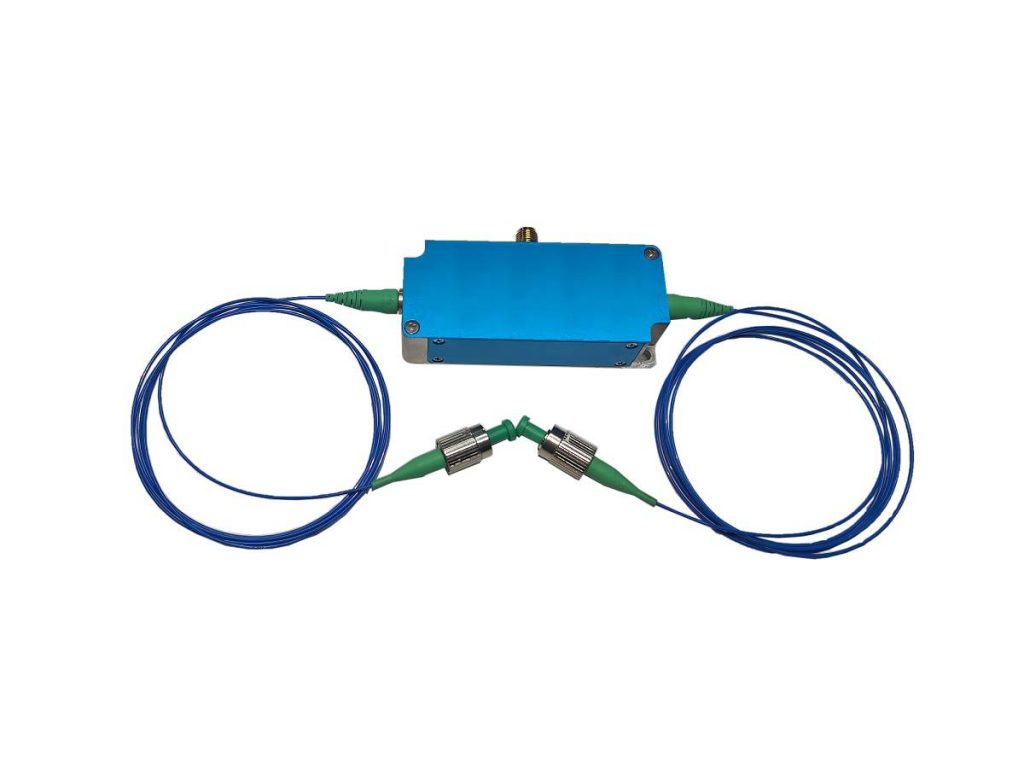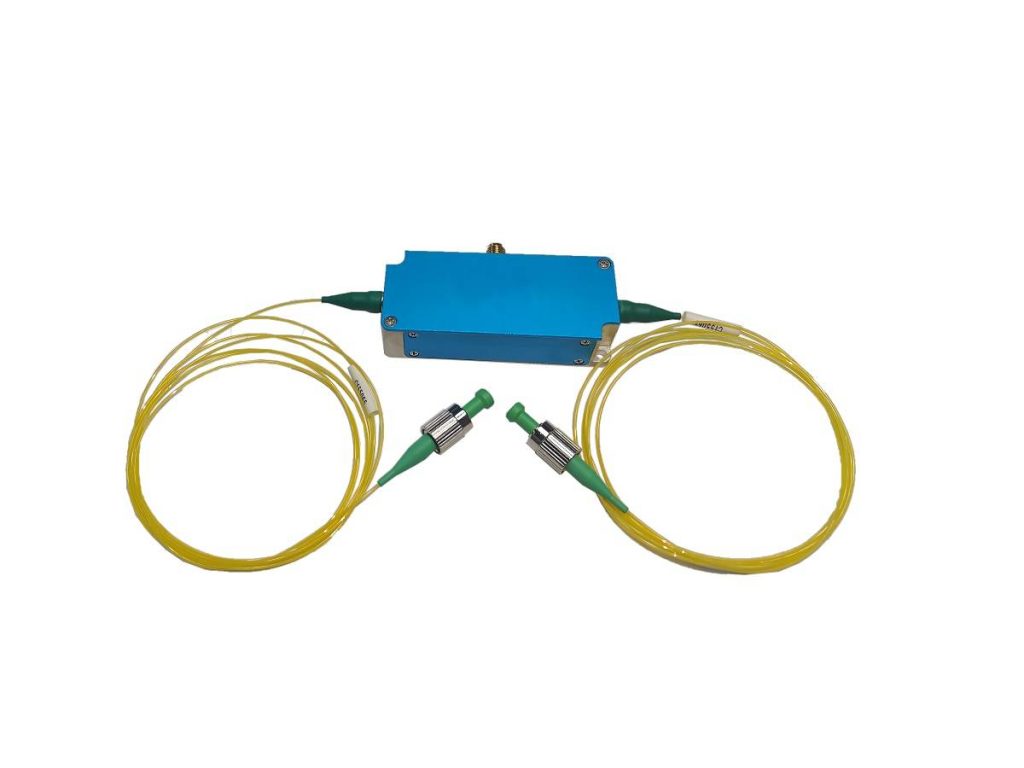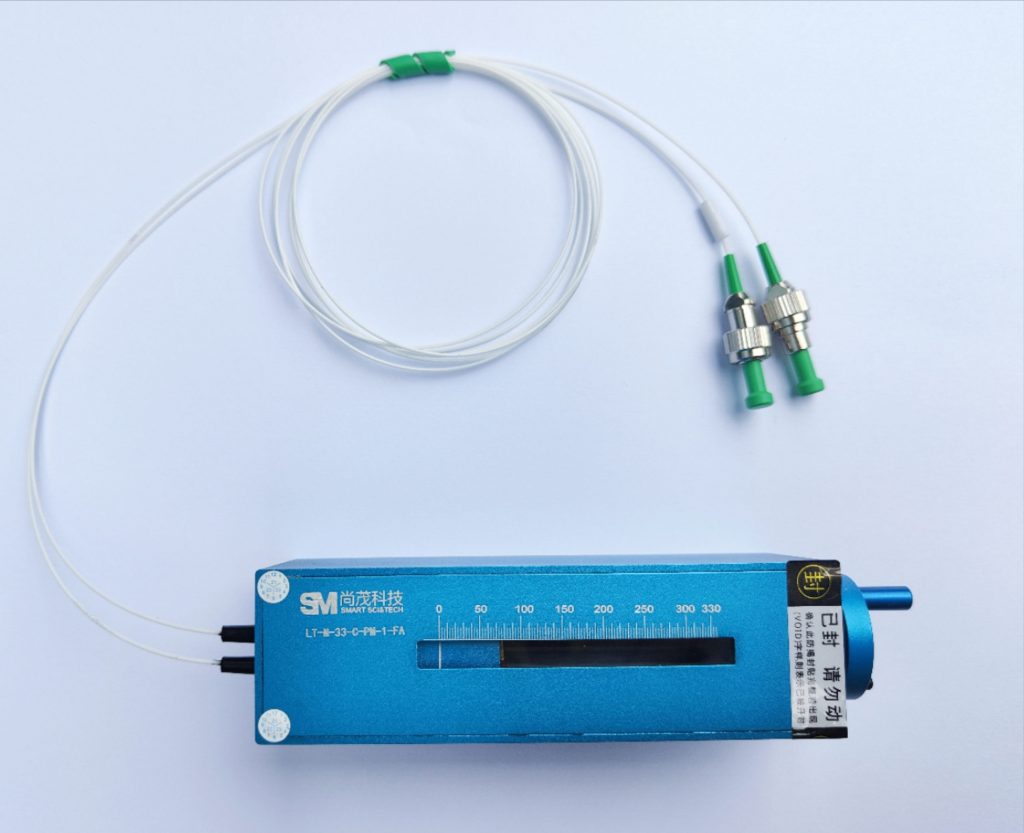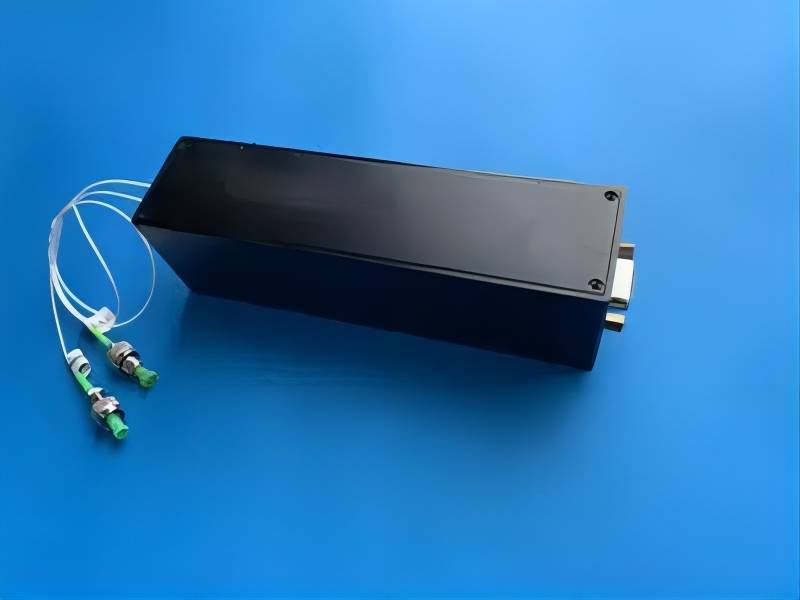Key Factors and Advantages of Optical Delay Lines
Optical Delay Lines (ODLs) enable a variety of applications, including synchronization, pulse shaping, and optical signal processing. However, to effectively utilize ODLs, it is crucial to consider several key factors and understand their advantages.
In this article, we will delve into the key factors that influence the performance of ODLs, such as delay range and precision, optical loss, dispersion, environmental factors, polarization mode dispersion (PMD), cost, and reliability. Additionally, we will explore the numerous advantages of using ODLs, including their ability to provide precise delay control, wide bandwidth, low loss, flexibility, compact size, environmental stability, and versatility. Finally, we will provide guidance on where to find more information on fiber optic delay lines, including manufacturer websites, technical papers and articles, and online forums and communities.
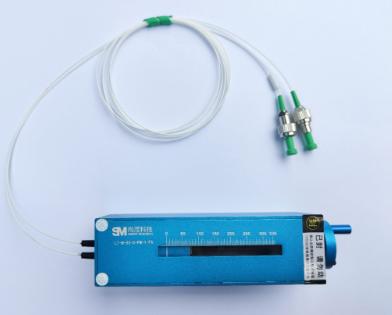
What Are the Key Factors to Consider When Using ODLs?
When implementing ODLs, several key factors need to be considered to ensure optimal performance and reliability:
1. Delay Range and Precision
- Required Delay: Determine the exact delay needed for your specific application.
- Delay Resolution: The desired precision in delay adjustment, which influences system performance.
- Delay Stability: The ability of the ODL to maintain a stable delay over time, especially in varying environmental conditions.
2. Optical Loss
- Insertion Loss: The amount of optical power loss introduced by the ODL.
- Polarization-Dependent Loss (PDL): The difference in loss for different polarization states, which can impact signal integrity.
- Wavelength Dependence: The variation in loss across different wavelengths.
3. Dispersion
- Chromatic Dispersion: The spreading of optical pulses due to different wavelengths traveling at different speeds.
- Polarization Mode Dispersion (PMD): The differential group delay between two orthogonal polarization modes.
4. Environmental Factors
- Temperature: The impact of temperature variations on delay, loss, and dispersion.
- Vibration: The sensitivity of the ODL to mechanical vibrations, which can cause fluctuations in delay.
- Electromagnetic Interference (EMI): The potential for EMI to affect the ODL’s performance, especially in high-noise environments.
5. Polarization Mode Dispersion (PMD)
- PMD Sensitivity: The susceptibility of the ODL to PMD, which can degrade signal quality.
- PMD Compensation: The need for PMD compensation techniques, such as polarization-maintaining fibers or active compensation.
6. Cost and Size
- Budget Constraints: The overall cost of the ODL, including the cost of the fiber, components, and potential integration.
- Physical Footprint: The size and weight of the ODL, especially for space-constrained applications.
7. Reliability and Durability
- Long-Term Stability: The ability of the ODL to maintain performance over extended periods.
- Mechanical and Environmental Robustness: The resistance to physical damage and adverse environmental conditions.
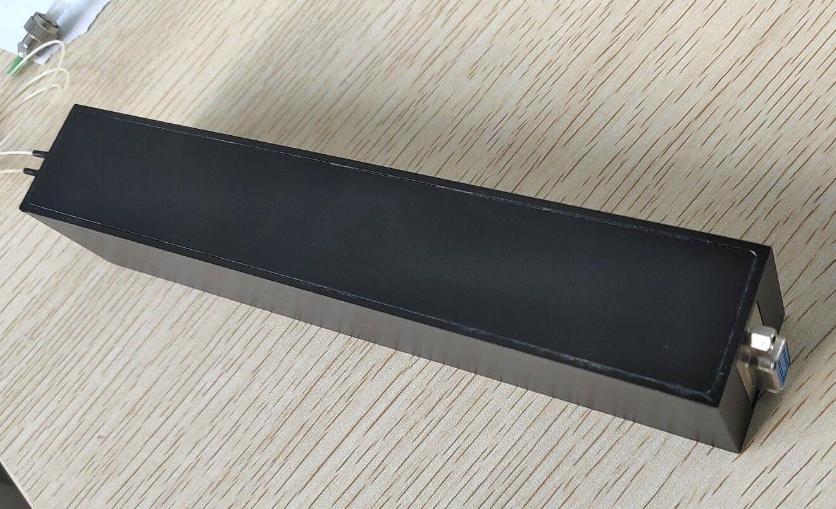
What Are the Advantages of Using ODLs?
- Precise Delay Control: ODLs allow for incredibly precise control over the delay introduced into an optical signal. This precision is crucial for applications like synchronization, timing, and pulse shaping. Many ODLs offer adjustable delay capabilities, enabling dynamic control over the delay time. This flexibility is beneficial for adaptive systems and real-time adjustments.
- Wide Bandwidth: ODLs can handle a wide range of optical frequencies, making them suitable for high-speed applications like telecommunications and optical signal processing. They can accommodate different wavelengths of light, ensuring compatibility with various optical systems.
- Low Loss: ODLs are designed to minimize the loss of optical power as the signal propagates through the delay line. This ensures high signal integrity and quality. Low loss enables efficient signal transmission over longer distances, reducing the need for optical amplifiers.
- Flexibility: ODLs can be configured in various ways to meet specific application requirements. This includes fixed, variable, and programmable delay configurations. Many ODLs are modular, allowing for easy customization and integration into different systems.
- Compact Size: Modern ODLs can be designed to be compact and lightweight, making them suitable for integration into space-constrained systems. Compact ODLs are ideal for portable and field-deployable applications.
- Environmental Stability: Many ODLs are designed to be insensitive to environmental factors like temperature and vibration. This ensures reliable operation in various conditions. ODLs can maintain stable performance over extended periods, reducing the need for frequent calibration or adjustment.
- Versatility: ODLs can be used in a wide range of applications, including telecommunications, optical sensing, optical computing, and biomedical imaging. ODLs can be customized to meet the specific needs of different applications, providing tailored solutions.
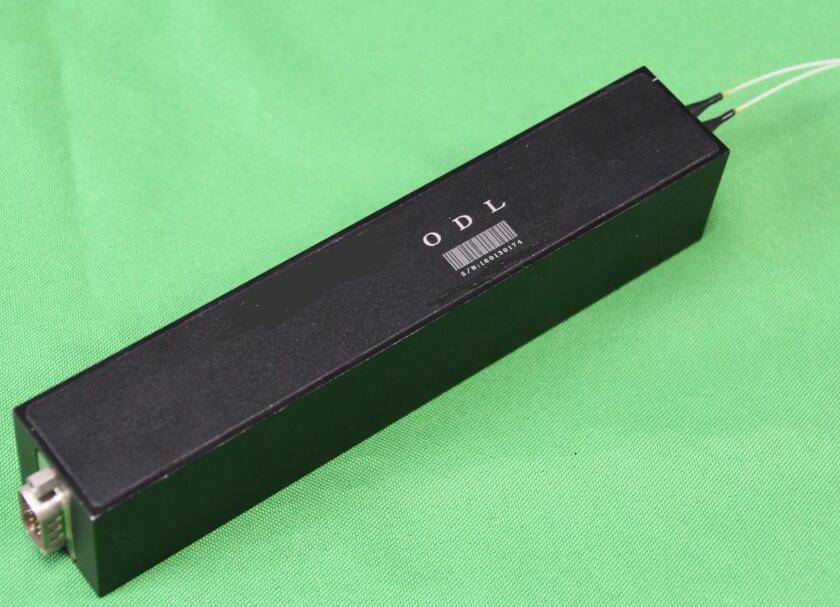
Where to Find More Information on Fiber Optic Delay Lines?
Manufacturer Websites
Many manufacturers of fiber optic parts, such as Smart Sci & Tech offer comprehensive information on their ODL products. These websites often provide detailed specifications, technical drawings, and application notes. You can also find information on custom ODL solutions and consultation services.
Technical Papers and Articles
You can find a wealth of technical information on fiber optic delay lines in scientific journals, conference proceedings, and online databases. These papers often delve into the theoretical aspects of ODL design, experimental results, and real-world applications. Additionally, many universities and research institutions publish technical reports and dissertations on ODLs, which can be accessed through online repositories like Google Scholar and ResearchGate.
Online Forums and Communities
Engaging with the fiber optic community can provide valuable insights and practical advice on ODLs. You can ask questions, share experiences, and learn from experts in the field.
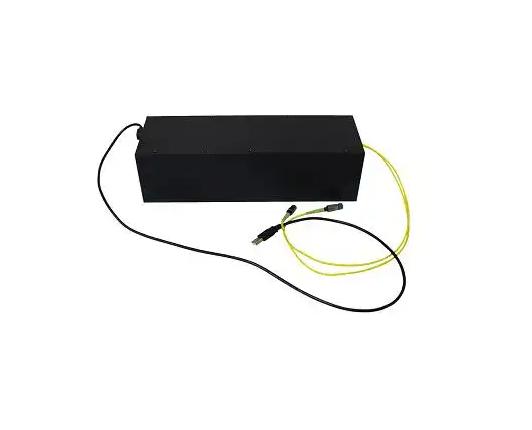
Harnessing the Full Potential of Optical Delay Lines
Optical delay lines offer a powerful tool for manipulating and controlling optical signals. The key factors influencing their performance and leveraging their numerous advantages will help us to design and implement innovative optical systems. As technology continues to advance, ODLs are likely to play an even more significant role in shaping the future of optical communications and signal processing.


